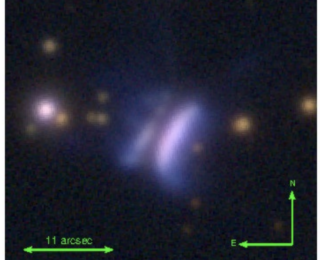
A Vampire’s Sandwich Filled With Gas And Dust
This bite reports a serendipitous discovery of what is possibly the largest protoplanetary disk, which has an interesting shape.

This bite reports a serendipitous discovery of what is possibly the largest protoplanetary disk, which has an interesting shape.
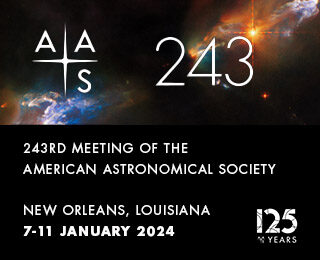
We interviewed Prof. Marta Bryan from the University of Toronto to learn all about exoplanets ahead of her plenary talk at #AAS243!

We interviewed Prof. Eve Lee of McGill University to learn all about planet and star formation ahead of her plenary talk at #AAS243!
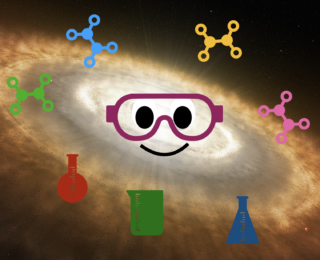
Tracking disk chemistry is complicated. Can machine learning make it easier?
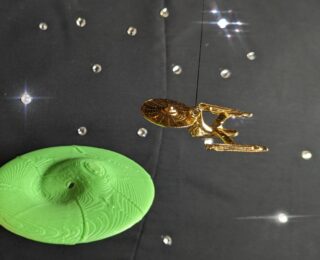
Aside from their name, warped astrophysical disks have little in common with the warp drive. Nonetheless, come and enjoy a journey exploring them in today’s bite!
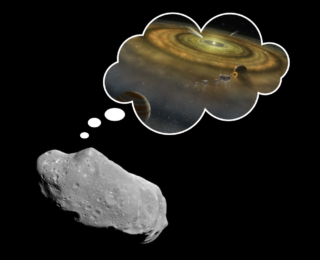
Meteorites may hold a key piece of information for understanding planet migration in our solar system!